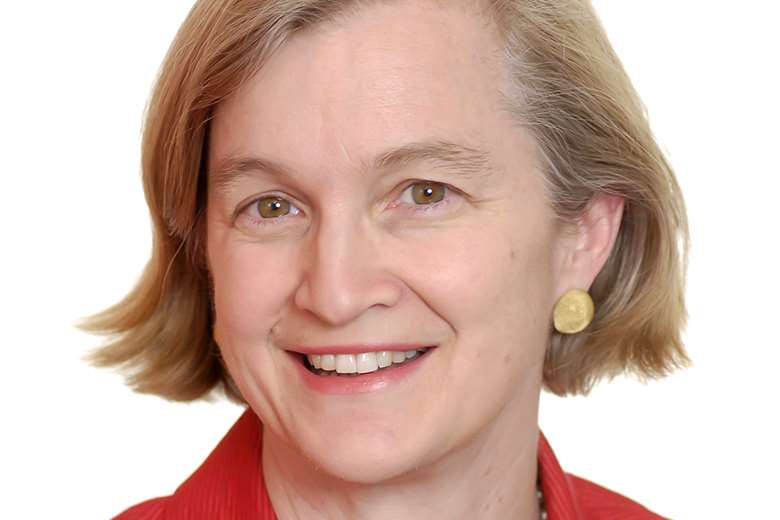Ofsted warns over lack of children's home provision
Fiona Simpson
Tuesday, January 21, 2020
A lack of children’s homes across England and Wales has led to more young people living in unregulated provision or far away from their homes, Ofsted has warned.

There are currently 78,150 children in care - 12 per cent more than in 2015 - and despite numbers of providers and places increasing, this is "not always in line with the increase in numbers of children in care", the report warns.
From August 2018, the system saw a six per cent (131) increase in the number of homes but a one per cent (176) increase in the number of beds, it states.
The report raises concerns over a lack of children’s homes in the south of England and London with higher proportions in the North West, East Midlands and West Midlands. The North West saw an increase of 60 homes (11 per cent) but the South East saw a decrease of nine homes (three per cent).
This leads to “some children being placed a long way from their original homes”, the report states, with latest figures showing that on 31 March 2018, 53 per cent of children were living outside of their local authority.
Ofsted is calling on the government to review the current care system in a bid to gain “a better understanding of the needs of children in care at a national level” and for more “investment in the sector so that there are enough places in the right areas”.
An increase of 3,000 16- and 17-year-olds in the care system since 2015 combined with “well-intentioned initiatives” to reduce the number of children and young people in custody and in secure mental health units has placed “additional and unintentional stress” on the children’s home system, the inspectorate’s annual report states.
Yvette Stanley, Ofsted’s national director for social care, said the lack of suitable placements for children and young people in their local area could be down to a rise in the number of children with complex need and an increase in smaller, more specialised care homes.
“What we are seeing is more, smaller children’s homes with around four beds popping up. A lot of people are opting for these smaller homes for the children because many provide holistic therapeutic services for children with very complex needs.
“We have a rise in adolescents with complex needs from mental health issues, who may harm themselves or pose a risk of harm others, those at of criminal or sexual exploitation who are now being treated, as they should be, as victims.
“What we need is a review of the system which provides a greater understanding of the needs of these children and young people.”
The creation of less homes in the South West and the capital was “historically down to the idea that children will thrive better in the countryside or by the sea”, Stanley says, but adds that now is more likely down to the rising cost of property in the areas.
Meanwhile, 20 children any given day are waiting for places in secure children’s homes with the same number placed in secure units Scotland due to a lack of capacity in England and Wales, it adds.
“This increases pressure to use unregulated provision”, the report says, “provision is also not always in the right place, so that some children are placed a long way from their home and family.”
In 2018/19, inspectors investigated more than 150 potentially unregistered children’s homes. Just 15 were not required to register due to them being seen as unregulated homes for children over the age of 15. Around 100 should have been registered, the report states.
The inspectorate also raises concerns over a “small number” of companies “gaming” the care home system by setting up short-term arrangements “as a way to avoid registering as children’s homes”.
Despite a number of concerns, Ofsted chief inspector Amanda Spielman described the report as showing “positive developments in social care”.
Overall, the number of local authority children’s services judged "good" or "outstanding" by inspectors in 2018/19 increased to 48 per cent from 36 per cent in 2017/18, the report shows.
The proportion of local authorities judged "inadequate" dropped from 22 per cent to 12 per cent.




